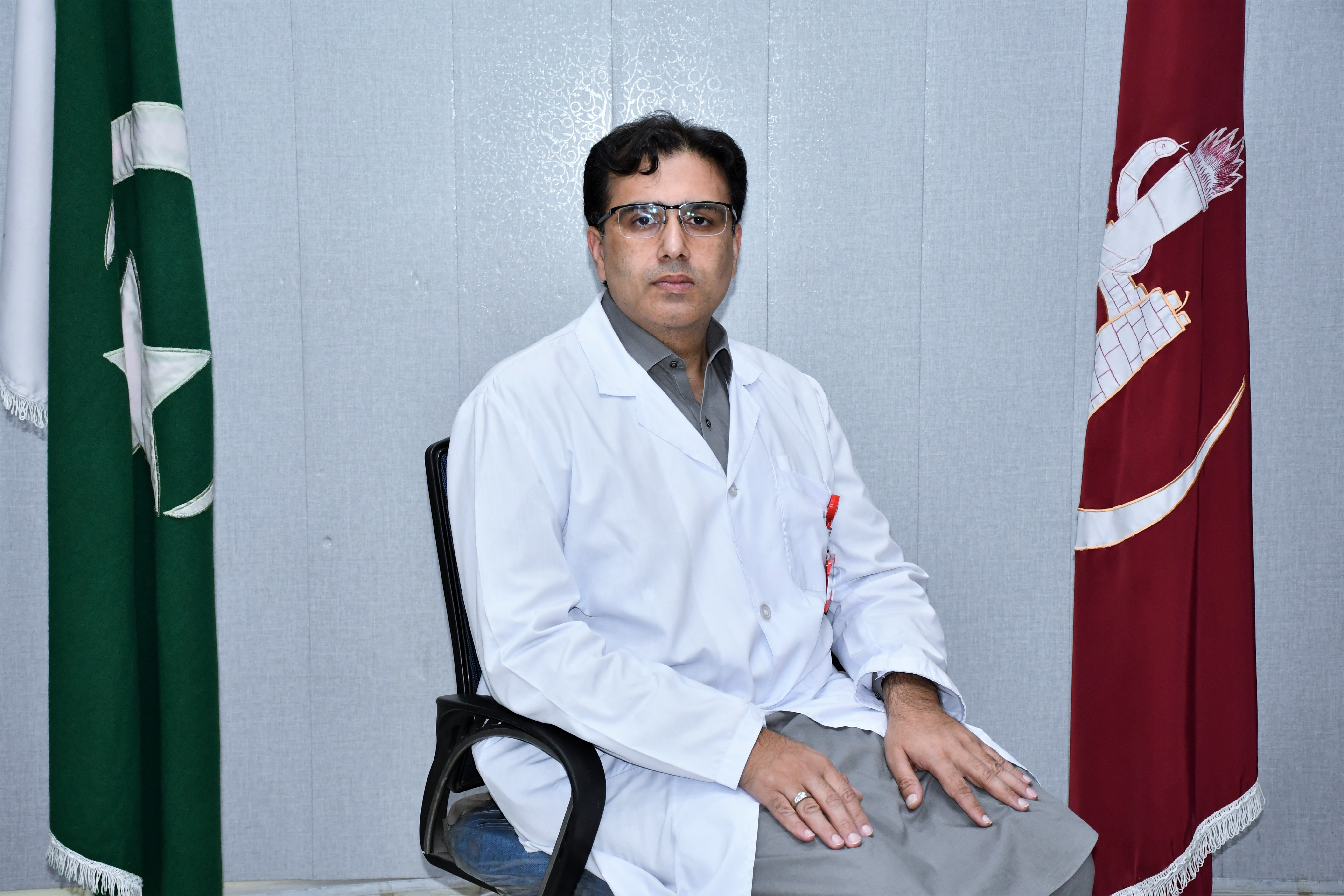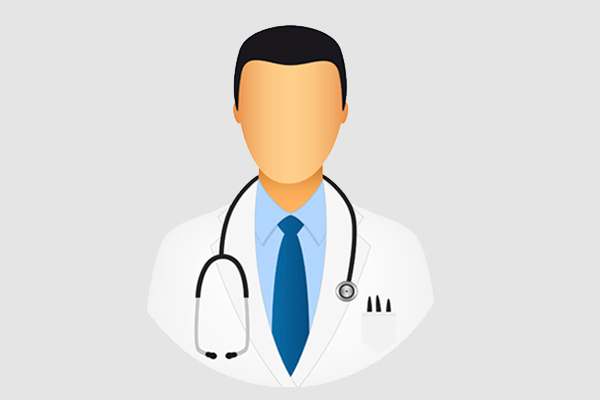Overview of services
Radiology Department Hayatabad Medical Complex provides effective diagnostic examinations and procedures on both In-patients and Out-patients. The chief imaging facilities provided are:
- General Radiology
- Magnetic Resonance Imaging
- Ultrasound And Doppler Ultrasound
- Computed Tomography Scan
- Breast imaging including Ultrasound, 3D Digital Mammography with Tomosynthesis and MRI breast
- Cardiac MRI
- Cardiac CT
- MRI Angiography
- CT Angiography
- DEXA Scan
- Digital Fluoroscopy
Our diagnostic services provide support to all Departments of hospital including portable X-Ray and Ultrasound as required
Current services offered
- Ultrasound:
- Ultrasound services include In-patient, Out-patients, Emergency patients and IBP patients. We provide Abdominal and Pelvis US, Obs/Gynae US, Transvaginal US, Ultrasound of breast, High resolution small part, Joints, Neck, tendon and carotid, Peripheral vascular Doppler.
- We also perform Elastography of breast and liver lesions.
- A whole range of ultrasound guided tap are performed.
- Portable ultrasound machines are deployed anywhere in the hospital including wards and ICU for Point of Care Ultrasound (POCUS).
- Focused Assessment with Sonography for Trauma (FAST) Scan in Emergency (ER).
- X-Ray:
- Our general radiology section utilizes full field Digital Radiography and Computed Radiography.
- Both acute and non-emergent X-Ray examinations are carried out in our Department.
- Portable X-Ray facility is provided to non-ambulatory patients of ICU, CCU and Isolation wards.
- MRI:
- Our Ingenia 1.5Tesla MRI machine provides cross sectional body imaging.
- Our dedicated and advanced imaging modalities include:
- Cardiac MRI
- Diffusion weighted imaging whole body
- MR spectroscopy
- Multiparametric prostate MRI
- MR Angiography
- MRCP
- Hepatobilary Imaging
- MRI Breast
- CT Scan:
- 02 128 Slice Multidetector CT scan machines are available for acute as well as non-emergent thoracic, musculoskeletal, abdominal and pelvic CT scan including hepatobiliary, pancreas, gastrointestinal, genitourinary, transplant imaging, cancer staging and trauma imaging.
- Examination of the brain, head and neck region and spine along with CT cerebral angiography are important parts of nervous system imaging.
- Our advanced imaging includes
Cardiac CT
Calcium scoring
Coronary angiogram.
CT Angiogram
Triphasic CT
CT Colonoscopy
- 3D Digital Mammography with Tomosynthesis:
- 3D Digital Mammography machine with Tomosynthesisis is offering screening and diagnostic services for breast lesions.
- DEXA Scan:
- DEXA scan provides assessment of bone density, percentage body fat, total lean mass, limb comparison of muscle imbalance detection, visceral fat and BMI
- Digital Fluoroscopy Machine
- Digital Fluoroscopy Machine makes us capable of providing multiple services like
|
BARIUM SWALLOW |
FISTULOGRAM |
|
BARIUM MEAL |
HYSTEROSALPINGOGRAPHY |
|
BARIUM FOLLOW THROUGH |
IVU |
|
BARIUM MEAL & FOLLOW THROUGH |
MCUG |
|
BARIUM ENEMA |
UROGRAPHY (RETROGRADE/ ANTEGRADE ) |
|
DISTAL LOOPOGRAM |
T -TUBE CHOLANGIOGRAM |
|
|
SINOGRAM |
|
Hours of services provision |
|
Emergency Cover: 24 hours/ 7 days in 03 shifts from 08:00am to 02:00pm,from 02:00pm to 08:00pm and from 08:00pm to 08:00am Regular Hours: Monday to Friday (08:00am to 04:00pm). IBP Services: IBP services also offered by Radiology Department |
|
Planned services |
|
Our future initiatives are to:
|
|
CUSTOMERS |
|
|
Internal Customers |
External Customers |
|
Inpatients |
Outpatients Referred from other hospital |
|
Nursing staff and other staff |
Family members of patients |
|
Consultants and other doctors |
Government organizations, sehat sahulat |
|
PG trainees and Paramedical Staff |
|
|
Paramedical Staff |
|
|
QUALITY MEASURE(S) |
Staff meetings: Weekly and monthly staff meetings are held. Agendas of the meetings include personnel, equipment operations, new procedures/ protocols, scheduling etc. Problems are identified and solution discussed to remedy the issue. |





